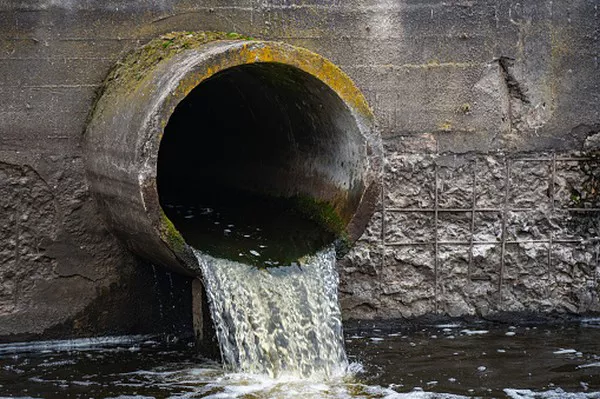Wastewater treatment is a critical process that plays a pivotal role in safeguarding the environment and public health. As urbanization and industrialization continue to rise, the generation of wastewater has become a significant concern. Untreated wastewater poses severe threats to aquatic ecosystems, human health, and the overall well-being of our planet. This article explores the essential functions and benefits of wastewater treatment, shedding light on the processes involved and the broader implications for sustainable development.
The Importance of Wastewater Treatment
Wastewater, often generated from domestic, industrial, and agricultural activities, contains a myriad of pollutants such as pathogens, nutrients, heavy metals, and chemicals. If left untreated, these contaminants can find their way into rivers, lakes, and oceans, causing irreversible harm to aquatic life and ecosystems. Additionally, untreated wastewater poses a direct threat to human health, as it may contain harmful pathogens and toxins.
Wastewater treatment serves as a crucial line of defense against the adverse effects of pollution, providing a systematic and efficient way to remove or neutralize harmful substances. The primary objectives of wastewater treatment are to protect the environment, conserve water resources, and ensure public health by delivering treated water back into the ecosystem or for safe reuse.
Key Components of Wastewater Treatment
Preliminary Treatment:
The process begins with the removal of large objects such as sticks, leaves, and debris through screens and grit chambers. This step prevents damage to downstream equipment and ensures the efficient functioning of subsequent treatment processes.
Primary Treatment:
In this phase, the wastewater undergoes sedimentation, allowing heavier solids to settle at the bottom as sludge. The clarified water is then directed for further treatment. While primary treatment significantly reduces the concentration of suspended solids, it does not eliminate dissolved pollutants.
Secondary Treatment:
Secondary treatment focuses on biological processes to break down organic matter present in the wastewater. Common methods include activated sludge, trickling filters, and lagoons, where microorganisms consume organic substances, converting them into stable byproducts. This step significantly reduces the biochemical oxygen demand (BOD) of the water, making it less harmful to aquatic life.
Tertiary Treatment:
Tertiary treatment involves additional processes to further polish the water before discharge or reuse. Techniques such as filtration, chemical coagulation, and advanced oxidation are employed to remove remaining impurities, nutrients, and pathogens. Tertiary treatment ensures that the treated water meets stringent quality standards and is safe for various applications, including irrigation and industrial processes.
Environmental and Health Benefits
Protection of Aquatic Ecosystems:
Wastewater treatment prevents the release of pollutants into water bodies, safeguarding aquatic ecosystems. Untreated wastewater can lead to oxygen depletion, algal blooms, and the accumulation of toxins, resulting in the death of fish and other aquatic organisms. By treating wastewater, we mitigate these harmful effects and contribute to the conservation of biodiversity.
Safe Reuse of Water Resources:
Treated wastewater can be repurposed for non-potable uses, such as irrigation, industrial processes, and landscape maintenance. This practice reduces the demand on freshwater sources and promotes sustainable water management. As water scarcity becomes a global concern, the safe reuse of treated wastewater is an integral component of achieving water security.
Prevention of Waterborne Diseases:
Proper wastewater treatment eliminates pathogens and contaminants that pose a risk to human health. Pathogens such as bacteria, viruses, and parasites can cause waterborne diseases if ingested. Wastewater treatment ensures that the water released into the environment or returned to the water supply is free from these harmful microorganisms, protecting communities from waterborne illnesses.
Compliance with Environmental Regulations:
Wastewater treatment facilities must adhere to strict environmental regulations and standards. By complying with these guidelines, industries and municipalities contribute to the overall improvement of environmental quality. Stringent monitoring and enforcement ensure that treated effluent meets specified criteria, preventing adverse effects on ecosystems and human health.
See Also What Happens When Water Reaches A Water Treatment Plant
Conclusion
Wastewater treatment is a fundamental process that plays a pivotal role in preserving the environment and safeguarding public health. Through a series of well-defined steps, treatment plants remove or neutralize contaminants, ensuring that discharged water is safe for ecosystems and human use. The environmental and health benefits of wastewater treatment extend beyond immediate concerns, contributing to sustainable development and responsible resource management. As we face ongoing challenges related to population growth, urbanization, and climate change, prioritizing and investing in wastewater treatment infrastructure is essential for a resilient and sustainable future.

